Roland Denning hits the books and uncovers some of the obscure origins of film lingo still in everyday use.
Every trade has its jargon. New terms need to be invented for new practices, but sometimes the jargon becomes a secret language, designed to mystify outsiders and signify membership of an exclusive club. The film world is a classic example. Each department has its own lingo, often with very obscure roots.
Barney Google’s Horse Blanket
In the days of film cameras, which were often unacceptably noisy, the camera would be put inside a blimp (derivation obvious). But for a camera that was meant to be quiet but wasn’t quiet enough it was common to use a padded leather cover called a barney (I still have one somewhere). Source? A 1920s American comic character – in fact, an abbreviation of Barney Google’s Horse Blanket.
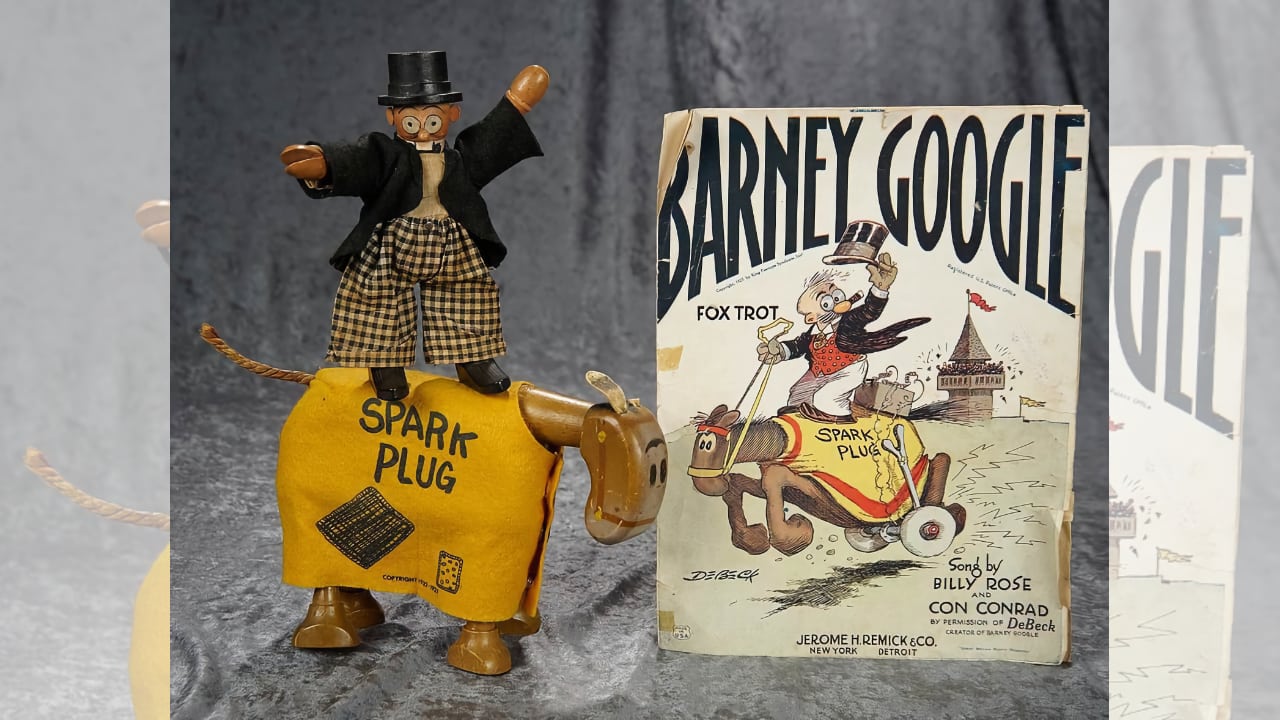
Many other terms are hangovers from previous eras. Very few have actually edited on film this century, but modern NLEs still refer to bins (film trims used to hang in cloth-lined bins), reels and tracks. Even the terms cut and splice hark back to an era when editing was physical, just as in the camera department we still talk about shutters. Undercranking was a common term for running a camera at low speed until very recently, even though cameras haven’t actually been hand cranked since the 1920s. Foley, a term still in common use, also goes back to the 1920s, when Jack Donovan Foley from Coney Island found ways of performing sound effects that could be recorded in real-time with the film.
On the subject of sound, most of us know that the US term MOS to denote a silent shot derives from the phrase mitt out sound (in the days when a Germanic accent was common among Hollywood directors), but it’s curious that the expression is still alive today. It is also a term that doesn’t really cross national boundaries, just as Americans are much more likely to refer to slates than clapperboards.
Dougal and the Dead Wombat
Dougal, to refer to a furry microphone wind cover was, I believe, exclusive to the UK (derived from the British version of the French children’s TV series Magic Roundabout – in France the hairy Dougal character was known as Pollux). In other countries they are simply dead cats; the Australians have even added a dead wombat to the vocabulary. Some may be more local: have any readers come across the term 'Germans' for shooting without a tripod ? Derivation: ‘Hans holding’, I believe. And are the Dutch really to blame for having a camera on a horizontal tilt?
A genuine RØDE Dead Wombat
Conka honka bonka
Grips were originally the people whose job it was literally to grip the tripod and hold it steady. Grips today are, of course, wonderfully versatile people who combine strength with intelligence and sensitivity (I say this as generally they are much larger than me and carry very heavy pieces of metal). Some terms are self-explanatory – a world cup bowl adapter looks like, well, the World Cup and a turtle is almost turtle-like (if a turtle had three legs), but the term dolly seems simply demeaning. We can understand why the versatile wooden boxes are called apple boxes, but why are the smaller boxes called paganinis? It was once explained to me this was because the famous violinist Paganini had to stand on a box to play - I accepted this until I found out that Paganini was actually quite tall. A grovel pad was designed for production managers who want to plead to grips to work overtime. OK, I made up that last explanation, but it does seem that some terms just seem to have been invented for the hell of it. Conka Honka Bonka anyone?
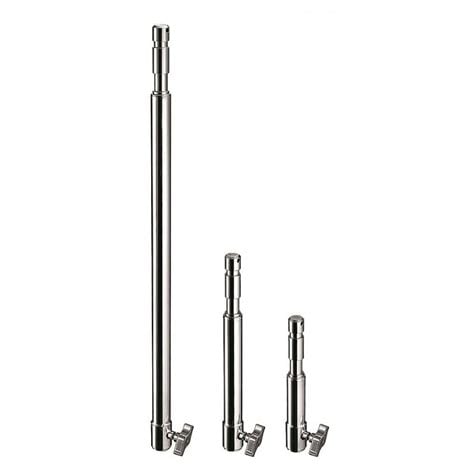
Conka Honka Bonka, so it is
Brutes, inkies and cookies
Sparks have their very special terms too. Butterfly seems quite a strange word for a large diffuser, but flags, nets and dots are fairly descriptive terms (before anyone points it out, I am aware that in the USA these are part of the grips’ rather sparks’ kit). It is clear why a small incandescent light was called an inkie dinkie, a larger lamp a baby and a huge carbon arc lamp a brute. Redheads and blondes were reasonably named after the colour of the quartz lamp heads, but they caused constant annoyance to women on set who happened to have appropriately coloured hair and thus became the brunt of endless jokes. The obie light (a flattering eye-light mounted on the camera) was named after 1940’s actress Merle Oberon, but Charlie bars, hand bashers, gobos and cucoloris?
An Inkie Dinkie in action
It is said that a gobo might be called that because it goes between the light and the subject, but I’ve yet to find a convincing explanation of a cucoloris (that’s one of those sheets of wood or metal with random holes in to create shadows, also knows as a cookie). And there are more than a few terms for which the explanation is far too offensive to mention here.
Goodbye movie lingo?
Yes, many of those terms above have fallen out of use as the equipment they refer to has become obsolete - I haven’t found any interesting jargon for LED lights. There is a certain pleasure in having your own tribal language, and it can be annoying when people can’t speak it properly: I get a shudder of irritation if someone refers to my tripod as a camera stand or calls a lighting stand a tripod.
But are the days of wonderfully colourful and obscure terms over? Has anyone found comparable terminology in the digital age? Have I missed out any of your favourite terms or got anything wrong? Please let me know.
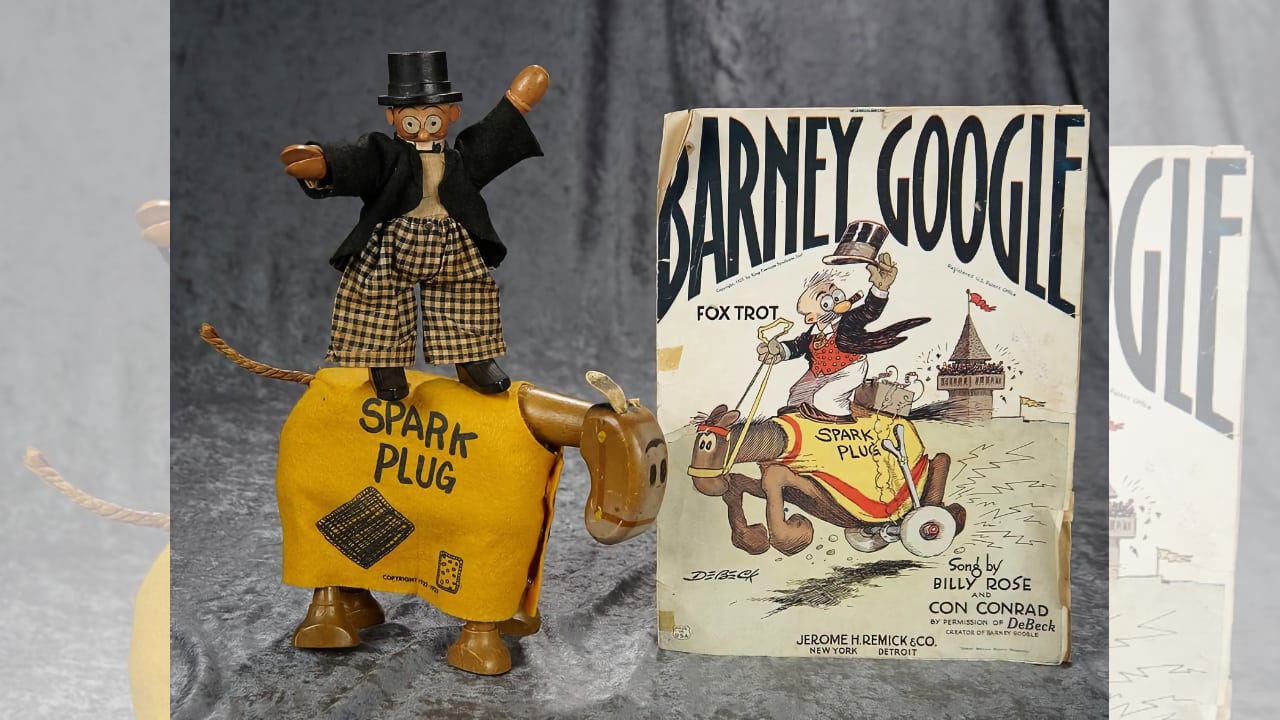

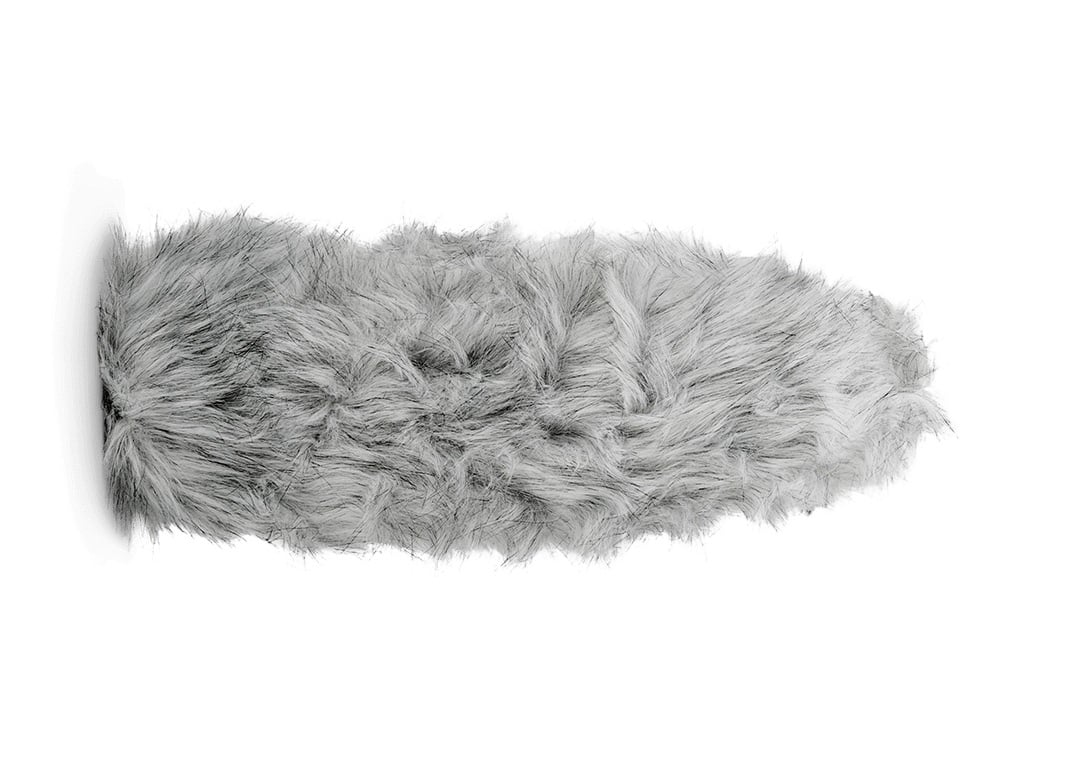

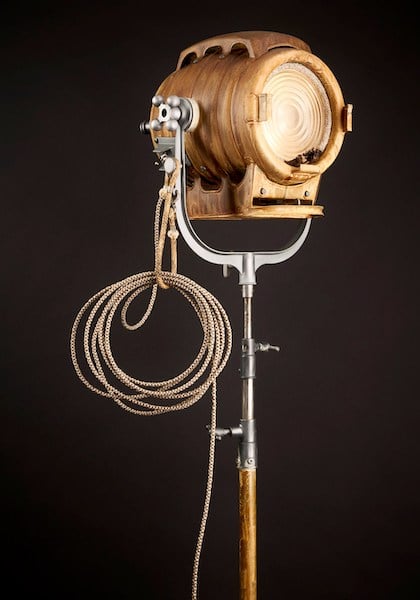

Comments